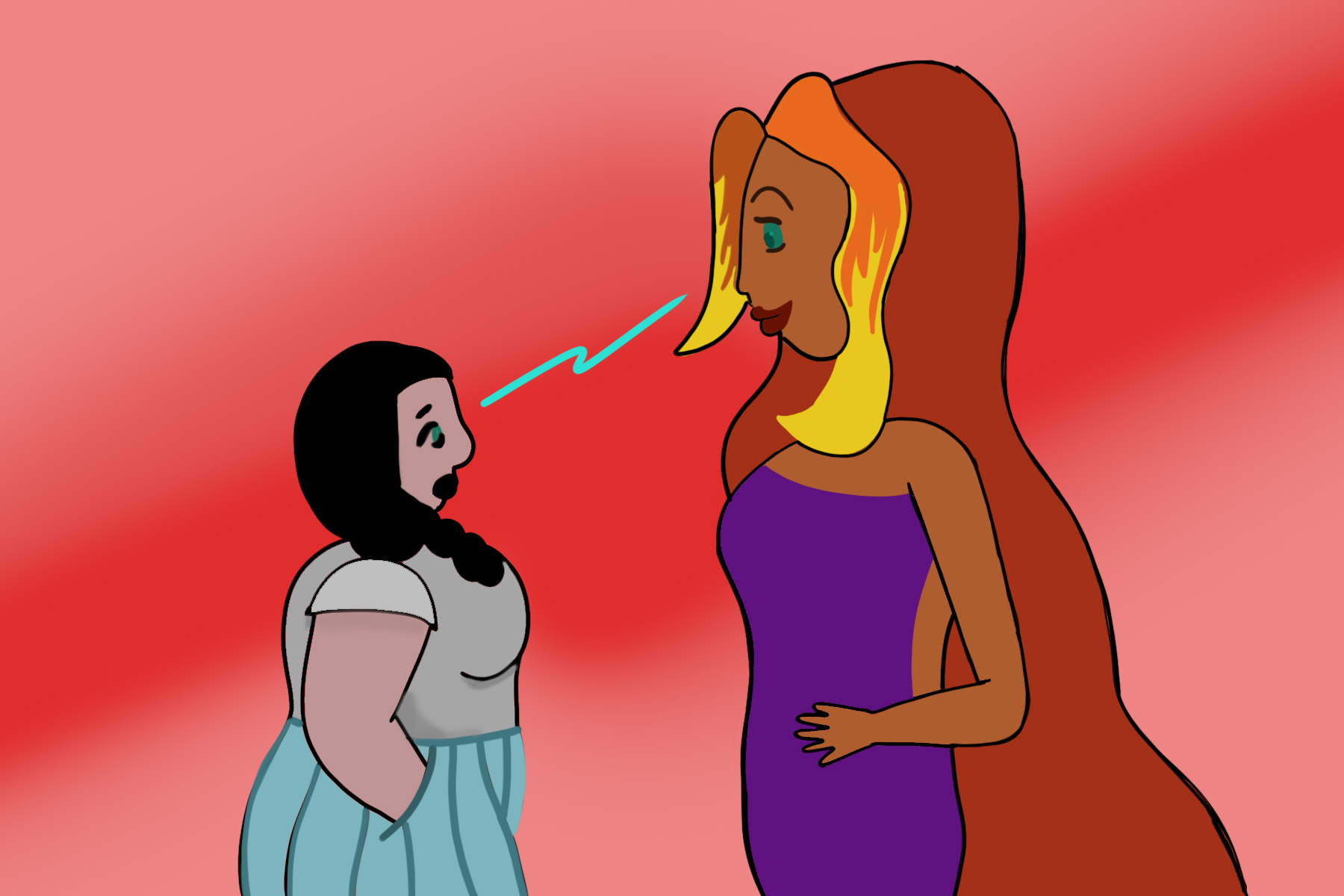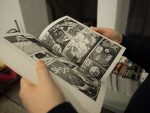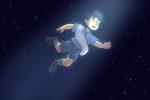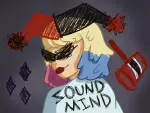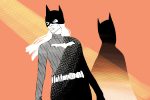As the latest addition to a series of graphic novels for young adults, comic book fans had high expectations for Mariko Tamaki’s “I Am Not Starfire.” However, the graphic novel, illustrated by Yoshi Yoshitani, has garnered both admiration and admonition from long-time DC Comics fans.
The novel’s narrative centers around Mandy, the daughter of the titular otherworldly superheroine Starfire, who Mandy insists that she is nothing like. The story follows her as she navigates the high expectations of heroism, high school, friendship and romance, as well as the occasional extraterrestrial invasion.
“I Am Not Starfire” is a palpable diversion from its predecessors. DC Comics and superhero comics as a whole are defined by their distinct characterization and thematic atmosphere. Campiness is a staple of the genre, and the distinct bold lines and saturated colors of a ’90s-era comic book exude a nostalgic charm.
In comparison, Yoshitani’s illustrations are like a fish out of water. Compared to the pseudo-realism and detailed linework of Jim Lee and Alex Ross, Yoshitani’s pastel, iconic style looks almost parodic.
However, while certainly a break from the mold, Yoshitani’s work is still striking and aesthetically pleasing, and the artist showcases her mastery of color and shape throughout the novel. Character designs are memorable, colors are poignant and thoughtful, and the lineless style characteristic of her technique is refreshingly reminiscent of a paper-cut illustration. This cartoonish approach is an unusual deviation from the style of average DC Comics works, so its simplicity might be off-putting to some. Still, there’s no denying that the art style of “I Am Not Starfire” is professionally done.
In terms of narrative, Tamaki writes a divisive work. This novel makes sure that the reader knows they’re not reading a superhero comic. The novel strays away from the action-packed fight scenes and epic conquests characteristic of the superhero genre, focusing instead on the ins and outs of teenage life.
Teenaged Mandy is not like her superhero mom in either appearance or personality, a touchy subject that flares up between mother and daughter throughout the book. Mandy herself is a brash character, often holding her mother and her peers in contempt. She’s sarcastic and snarky, and there’s nothing she hates more than being told what to do. Such is archetypal of the teen experience, though this added attempt at relatability comes at a cost.
As a character, Mandy does not invite sympathy. She’s rude to her classmates and well-meaning mother, berating her fashion and style choices while lamenting that her mother does the same to her, and her sour disposition remains stagnant throughout the book.
Starfire, on the other hand, while intended to be an adversarial character, is wholly more appealing than her narrative counterpart. Starfire is eloquent and outspoken — everything her daughter is not. But while these disparities may be frustrating in a mother-daughter relationship, Starfire’s antagonistic portrayal definitely feels antithetical to her already established character.
The tensions between the two women would be an interesting dynamic to explore if it was responsibly resolved within the book. However, by the novel’s conclusion, it feels as though mother and daughter have done little to strengthen their bond, and any tensions that had arisen between them were forgotten.
Despite her prominent presence on the cover and in the premise, Starfire features very little in the actual book, which may be confusing or frustrating for fans hoping to see more of their favorite character. The limited space allocated to a graphic novel makes significant and elongated character development difficult — but not impossible — to achieve. It would have been nice to see Tamaki dedicate more time to Mandy and Starfire’s relationship, as was expected from the premise.
The majority of the novel’s length that doesn’t concern Starfire centers around Mandy’s school life. After walking out of her SAT, Mandy feels pressured by the expectations placed on her by her guidance counselors to choose a college and career path as quickly as she can. Mandy doesn’t want to go to college, and this decision makes her feel alienated from her peers.
The topic of indecision surrounding the future is one that will resonate heavily with the target audience, and Mandy’s hesitance does feel realistic. There is an undeniable pressure on freshly graduated young adults to know and be certain of their career aspirations, and this expectation can be a heavy one to bear — a burden that Mandy is all too familiar with. This element of the story is handled with relative grace and care and does serve to flesh out Mandy’s character.
SAT scores aside, Mandy’s school life feels a little lackluster. Neither best friend Lincoln nor love interest Claire feel like they really have a place in the story, especially one that theoretically centers around a mother-daughter relationship. Both side characters are fairly one-note, serving only as temporary catalysts for Mandy’s character development. Were the graphic novel to primarily focus on either Mandy’s home life or her school life, it might feel more cohesive, but as it is, the narrative can’t help but feel a little slapdash.
Longtime fans of DC Comics may not be fond of this drastic reinterpretation of a character and world they know and love. Starfire’s portrayal as a “dissonant mom” feels like a jarring digression from the well-known interstellar heroine. Mariko Tamaki has also been accused of writing Mandy as a self-insert character, with critics citing the two’s similar appearances and the seemingly personal parental conflict as evidence of Tamaki’s unnecessarily individualized take on an established franchise.
The Teen Titans brand, and by extension Starfire as a character, have each been popular since the 1970s, and thus already has an established theme — one that has been deviated from with this new installment. Fans find this digression unbecoming, which is understandable for a fanbase who expects a certain caliber of work.
Does this mean that “I Am Not Starfire” is a read unworthy of a comic lover’s time? Not necessarily. While it does not necessarily adhere to the standard theme of a DC Comics graphic novel, nor do its narrative or characters quite match its predecessors, the novel’s charming art style and quick, breezy pace are still suitable for a casual reader. Its inclusion of openly queer characters is a welcome development for many, and its teen-girl drama, while perhaps not incredibly high stakes, nonetheless does not tax its reader too heavily.
“I Am Not Starfire” is not the book for everyone, but it won’t be the worst thing you read this year, either.


